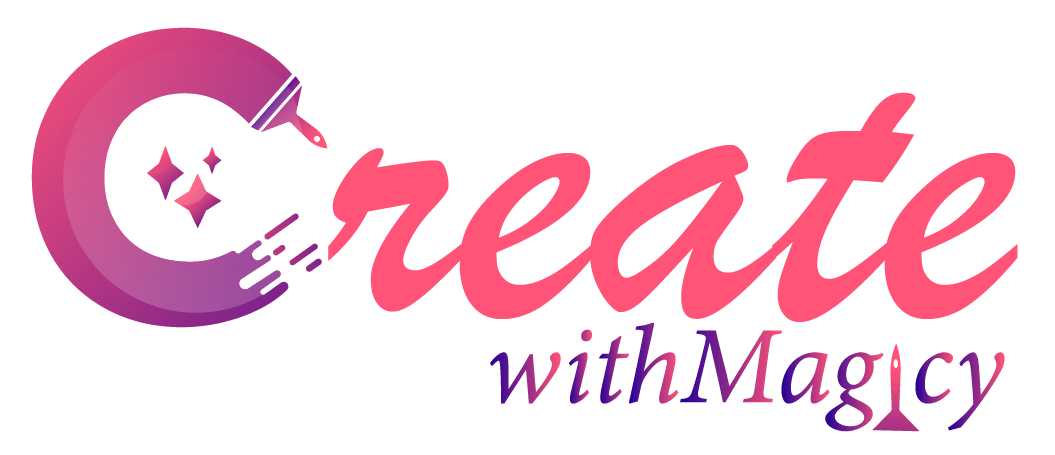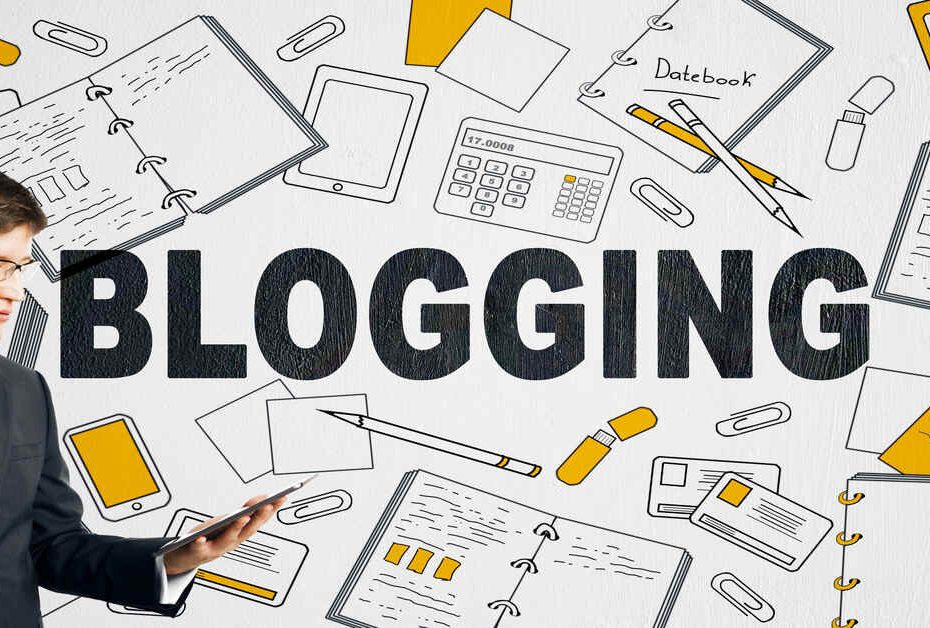Data-Driven Creativity: Are You Measuring What Truly Matters?

The convergence of data and creativity has become a more significant concern in the highly dynamic marketing and creative design environment. Data Driven Creativity concept can be defined as a practice where data analytics are used to inform and support creative processes, resulting in more efficient results. Since businesses are making the effort to reach out to their audiences on a level of significance, it becomes very important to understand how to measure what is truly important. The following blog will discuss data driven creative principles and offer an idea of how best to use data in the creative process.
The Data Driven Creativity Knowledge Base
Data driven creativity is an amalgamation of data analytical and creativity, which is creative. Using data, the creative professionals can have an understanding of the audience preferences, behaviors and trends and make informed decisions to improve the effectiveness of their creative work, forming the foundation of a robust digital strategy creative framework. In this way, it is possible to provide consumers with a more focused and individual experience, which will eventually result in higher engagement and conversion rates.
In its conceptualization, data driven creativity has a number of constituent parts
It is essential to use data to know what the target audience needs, wants, and wants to do. Through studying demographics, purchasing habits, and on-line activities, creatives are able to build on their content to be more appropriate to the audience.
- Performance Measures: It is necessary to have a set of performance measures to assess whether or not creative initiatives are succeeding. It might be the rates of engagement on social media, conversion rates of digital campaigns or customer feedback about the pieces of creative work, but these metrics can give a great insight into what is working and what is not.
- Feedback Loops: Feedback enables constant improvement by incorporating response by audiences in the creative process. The business can respond to their campaigns and creative projects by analyzing the responses that will allow them to make real-time adjustments so that they can be relevant and effective.
The Significance of Measuring What Matters
When it comes to data driven creativity the measures of the right things are essential. Not everything is equal, and it is possible to pay attention specifically to what is important and perform better when a creative improves his or her strategy and results. These are some of the key measures and factors to be remembered:
1. Engagement Metrics
Engagement metrics like likes, shares, comment, and click-through rates can give an insight about how viewers engage with content. A high level of engagement usually shows that the creative appeals to the audience whereas a low level may illustrate that the creative should be reconsidered. The creatives can evaluate the response data to determine the most successful forms of content and make modifications to their strategies.
2. Conversion Rates
After all, the aim of most of the creative efforts is to bring conversions, be it a sale, a newsletter subscription, or any other action that one would desire. The conversion rates can enable the businesses to gauge the success of their creativity in terms of accomplishing particular goals. Through the evaluation of the campaigns that have the highest conversion rate, creatives will be able to duplicate the strategies that are successful and to improve the under-performing campaigns.
3. Customer Sentiment Analysis and Customer Feedback
The qualitative data obtained by collecting customer feedback in the form of surveys and reviews and communicating with them via social media should be used to supplement the quantitative data. The sentiment analysis of a brand or campaign would provide insight into how audiences think about the creative work. Positive sentiment means that there is resonance and a negative commentary may serve to point to areas of improvement.
4. A/B Testing
A/B testing is the comparison of two alterations of a creative object to see which one is more effective. The creatives can make informed choices about what will best catch the attention of the audience by testing various headlines, visuals or calls to action. This is an iterative process of creativity enabling continuous improvement and optimization on actual performance.
Putting Data Driven Creativity into Practice
Businesses ought to be systematic in order to exploit data driven creativity. The following are some of the steps to be considered:
- Set Specific Goals: It is important to set specific goals before implementing a creative initiative. What do you hope to achieve? Regardless of whether you need to build brand awareness, make sales or enhance customer engagement, clear objectives will inform your data collection and analysis work.
- Gather Appropriate Data: Use analytics to acquire information about the behaviors of the audience, metrics of engagement, and performance of the campaign. Make sure that the information gathered is in line with what you want to achieve so that it can be analyzed.
- Analyze and Interpret Data: Spend some time to analyze the information gathered and derive actionable information. Find trends, patterns and correlations that can guide your creative decisions.
- Create and Test: Build inventive resources, according to the information insights, and implement them in your campaigns. The use of A/B testing will help you to fine-tune your strategy and adopt the best strategies.
- Test and Repeat: Once you have set up your campaigns, test their results against your goals. Apply the lessons learned to repeat your creative process and make amendments to future ventures.
Conclusion
Data driven creativity is an influential solution that enables companies to integrate analytical knowledge with the creative process which results in more effective and persuasive creative endeavors. Measuring what matters (engagement metrics, conversion rates, and customer feedback) will allow creatives to make their strategies more efficient and guarantee that their work will find a connection with audiences. Considering that the modern world is characterized by a short attention span of the consumers, the use of data to guide creativity is not merely an opportunity; it is a necessity to succeed in the world.
FAQs
1. What are some of the ways I can begin applying data driven creativity in my marketing strategy?
In order to begin to implement data driven creativity, you should first define your marketing objectives and find the key metrics, which fit your goals. Collect information about the audience behaviors and campaign performance using analytic tools, and apply them to the creative process. Assess your outcomes regularly and repeat what you have learned.
2. Which kind of data do I want to concentrate on in order to measure creative effectiveness?
Look at engagement (likes, shares, comments), conversion (sales or sign-ups), customer responses and sentiment analysis. Also, you may want to employ A/B testing to test various creative decisions and see which one works the most with your audience.



